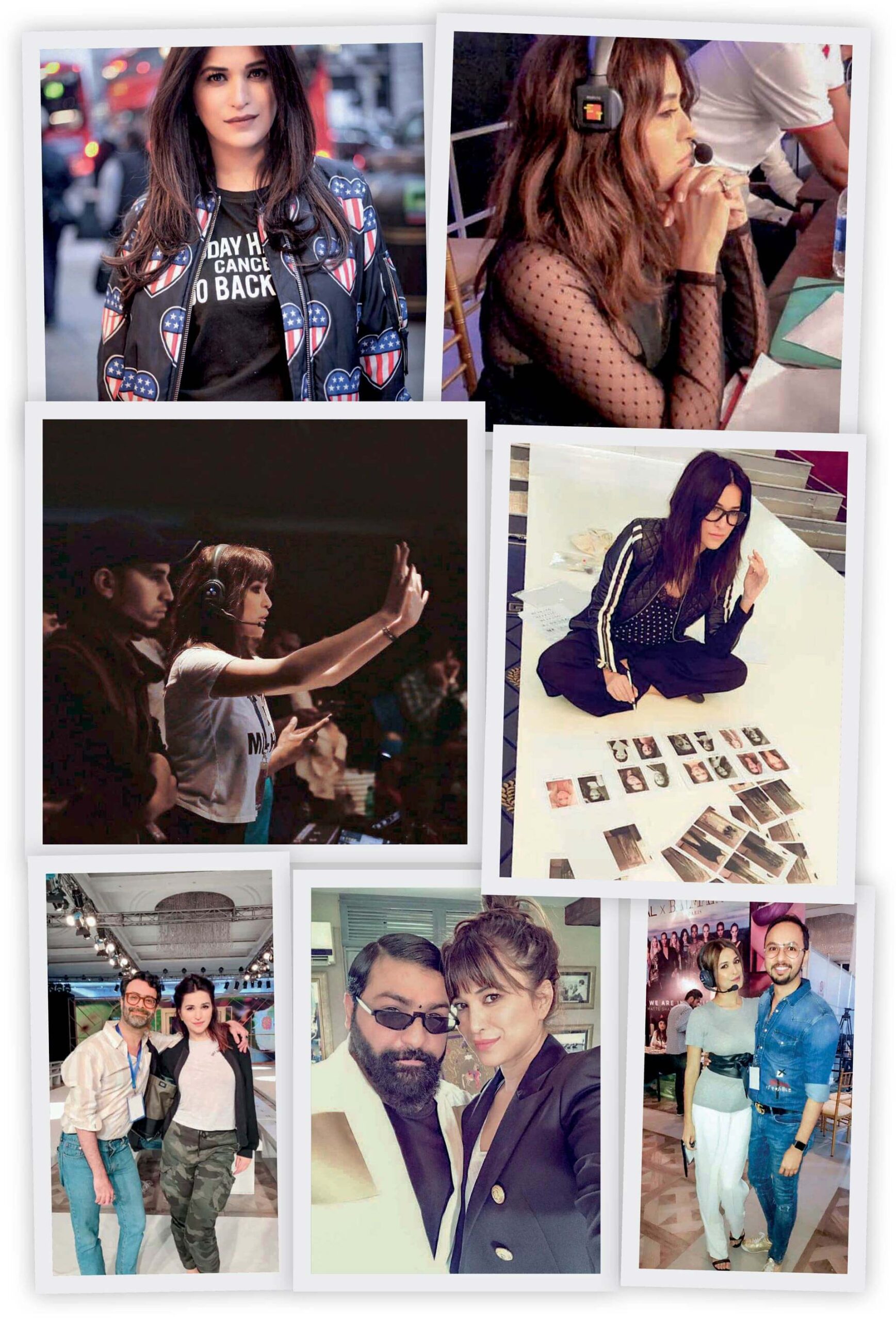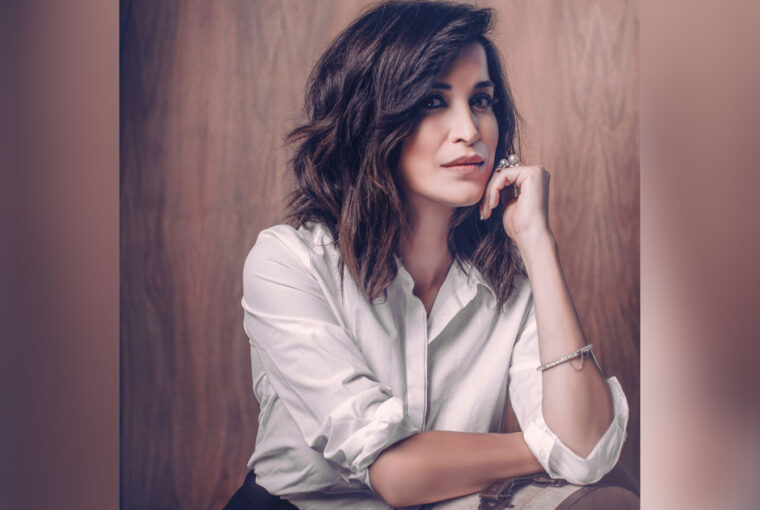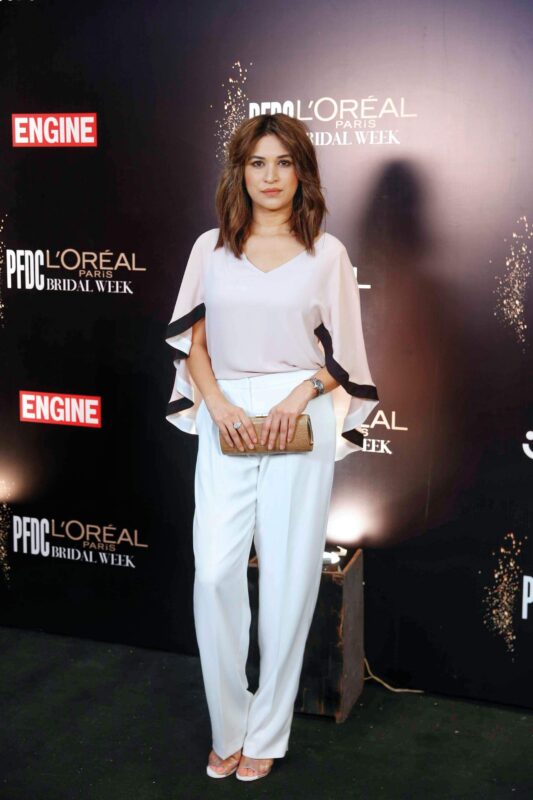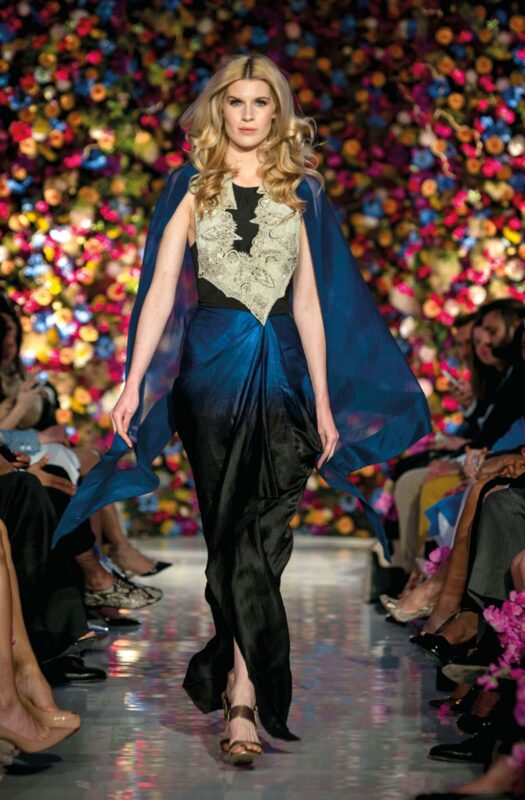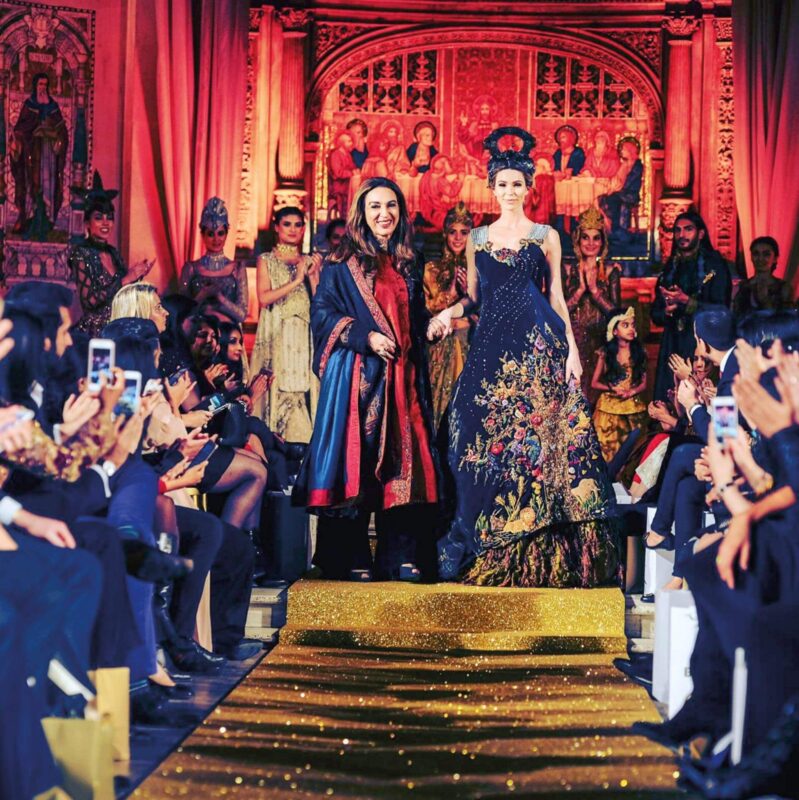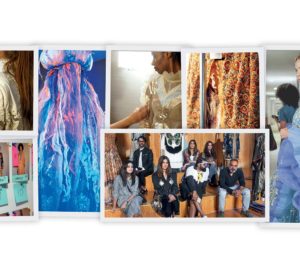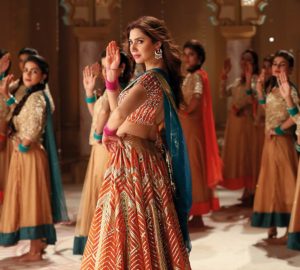Meet Sadia Siddiqui, the founder of Fashion Parade, as she prepares to take on the Big Apple with a grand celebration of South Asian fashion, art and culture at the iconic Christie’s auction house located at Rockefeller Centre.
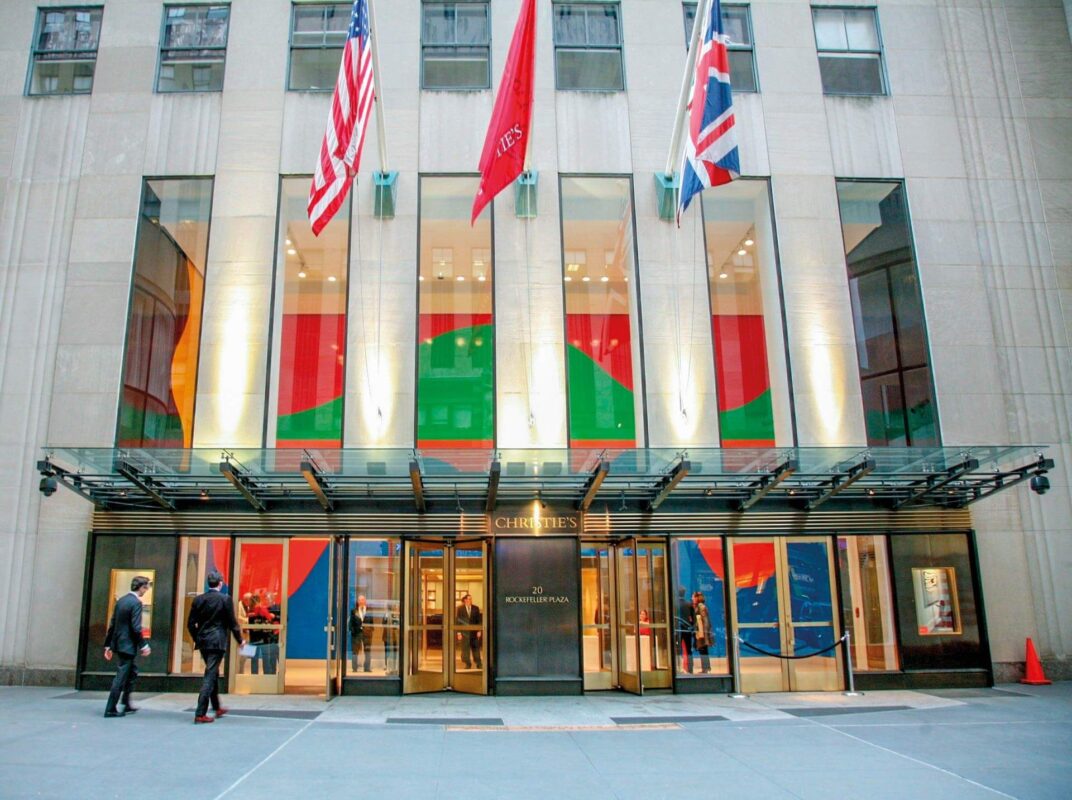
Sadia Siddiqui is a powerhouse of a woman. Founder and Creative Director of Mustang Productions, one of UK’s top production houses; creator of Fashion Parade, an event that celebrates South Asian fashion on a global platform; show director for the prestigious PFDC Sunsilk and L’Oreal Fashion Weeks in Pakistan, TV presenter, branding expert, choreographer and former model – these are just some of the roles that she fills with grace and grit.
Having completed her MBA from the University of London, she won the Charles Wallace Award for outstanding academic achievements. Combining her keen business acumen with a deep-rooted interest in fashion, Sadia created Fashion Parade five years ago to provide a credible platform for South Asian fashion in the UK, giving space to renowned designers from the region to showcase exclusive collections to key members of international business, media and fashion fraternities.
Curated in the most exquisite venues, the event has been hosted in the heart of London for the last 5 years and is now coming to New York City for the first time.
Fashion Parade opens its doors to New York City at Christie’s, the world’s leading auction house, on August 27, 2019. Presenting with Citi as it’s headline sponsor, the event will showcase art and fashion by six South Asian designers and an art exhibition featuring South Asian artists curated by Christie’s. This year’s designers will include Ali Xeeshan, Faiza Samee, Kamiar Rokni and Elan.
The Fashion Institute of Technology (FIT) is also partnering with Fashion Parade and will host a post-event panel discussion between its faculty and participating designers.
In an exclusive conversation with DESTINATIONS, the dynamic Sadia Siddiqui discusses her vision for Fashion Parade, her Pakistani heritage and much more.
After 5 successful years of promoting South Asian fashion in London, Fashion Parade is set to conquer the United States this year. Why did you feel the need to move beyond the UK and explore new markets?
I’m delighted that Fashion Parade is being hosted in New York at Christie’s. To be honest this move wasn’t initiated by me, in fact my husband Taimur has been working with the Bank of America, which provided our family with the opportunity to move to NYC. When I created Fashion Parade the dream was to ultimately bring the platform to this city. Initially I was reluctant to move because my base in London was so strong; however, life is all about opportunities and possibilities. Hence, with the shift, I decided to bring my platform to NYC and I’m excited.
You’ve always selected iconic venues for the shows, whether it’s Kensington Palace, Saatchi Gallery, One Marylebone or the Mandarin Oriental in London and now Christie’s in NYC. Is there a particular reason behind each choice?
I’ve always wanted to do Fashion Parade at iconic venues, as South Asian couture still has a long way to go in terms of awareness in the West. Locations, media and PR are of pivotal importance when you’re trying to accentuate awareness. South Asian couture in itself promotes grandeur; hence it’s only fair to showcase this side of fashion in an equally grand manner. Throughout history there’s been a strong emphasis on art, culture and heritage under the South Asian umbrella and Christie’s auction house, being an artisans’ haven, will not only attract the right attention but will also harmoniously resonate with Fashion Parade.
Diversity and inclusivity are two of the main themes that define Fashion Parade. In what ways has your platform helped to promote South Asian fashion, art and heritage in the global arena?
Over the years people all across the globe are beginning to understand different cultures, and this acceptance has given rise to cross-cultural exchange. The climate of today is ideal for Fashion Parade to claim its place. As you’re well aware, big brands like Gucci, Prada, Dolce & Gabbana etc. got their campaigns wrong due to a lack of cultural awareness and as a result faced a lot of backlash. Fashion Parade aims to make the West not only understand the beauty of rich artisanal crafts, textiles and workmanship that stem from the South Asian region, but to also make them understand where urban Pakistan and India stand today. The perception of Pakistan is quite dated and distorted in America and through Fashion Parade we can educate them.
What are your hopes from Fashion Parade’s inaugural run in New York?
We have worked extremely hard for the inaugural event of Fashion Parade in New York. I have teams in Pakistan, London and New York working around the clock to ensure an amazing outcome. My closest advisor and key figure in this project is Raja Jawad in New York who has been an invaluable support and key asset to this project. The expectations are very high, after investing a lot of money, time, dedication and 6 months of preparation.
Tell us about your childhood.
My late father Mujib Siddiqui, a thorough gentleman and an ideal parent, taught me a lot even though I only had him for a short yet amazing sixteen years. I was privileged to be his daughter. Including me, we’re a set of 5 sisters, and as children we’d be running around the house, screaming, laughing and tugging each other’s hair. I was the naughtiest from the lot and drove my parents up the wall and was in trouble 24/7. Growing up, I had dyslexia and I studied in a convent where the nuns were not well-versed in such disabilities and thought I was simply dumb. Changing schools and repeating grades was a consequence of this lack of understanding and mentorship in the educational sector. It wasn’t till middle school, where this condition was addressed, I was nurtured and gradually the dyslexia faded away.
How did the idea of the very first Fashion Parade come about? What was the inspiration behind it?
The idea of Fashion Parade came about after I realized the stark difference between fashion shows that happen in Pakistan and the ones that happen abroad as well as the misrepresentation of Pakistani culture and tradition through fashion in the West. The people of Pakistan are insanely talented but are lost due to the projection of Pakistan the world over. I had ideas that no one wanted to listen to, concepts people didn’t agree with at that point in time and I thought, if no one was willing to take that leap, I would on my own. Season after season we’d host FP in London; we gained mainstream attention and now we’re having our first show in New York.
Who are your favourite designers, both local and international?
It’s difficult to stick to a set of designers and call them my favourites as there are so many. I love Kamiar Rokni, he’s a genius; Faiza Sami whose clothes I love wearing; Nomi’s creations speak volumes, Ali Xeeshan’s dramatic patterns. One designer I’ve always wanted to work with, whose work is timeless (for me he’s the equivalent of Chanel) is Rizwan Beyg, but I haven’t had the opportunity yet. There are so many different designers out there doing fabulous work, bringing forth their unique creative sensibilities to the table, hence sticking to a few set of brands is out of the question. In terms of mainstream designers, I’d have to say I adore the edginess Balenciaga has to offer, then there’s Max Mara, Whistles, Chloe and Gucci.
How would you describe your personal style?
My personal style rests in minimalism. However, it does vary – you may find me dressed in something chic and elegant and on other days grungy and cool, depending on the occasion.
In what ways does your Pakistani heritage define you and your work?
My Pakistani heritage defines who I am, I was born there and spent my earliest years there. I understand the country, culture, heritage and appreciate the beauty of our meticulous craftsmanship. Having lived in London and now New York, I have a deeper understanding and love for what we have in Pakistan. The West sees Pakistan through tunnelled vision, focusing on the negatives. What I wish to show them is how abundant Pakistan is in creativity and potential, all of which deserves a platform to be heard, and I want to do that, be the unofficial brand ambassador for Pakistan.
What’s the most Pakistani thing about you?
How I am with my children would be the best response to that, haha! I scold them like your everyday Pakistani mother, that’s when my roots really surface. Another thing – I feel I express myself better in Urdu, the language is rich and full of depth and also because it’s my first language. I take pride in speaking it. My late father was from Baraili, he was Urdu speaking and for him, speaking the language with finesse was very important; hence when you hear me speak, you’ll know where I’m from.
What is your favourite city in the world and why?
Favourite city, tough question! That depends entirely on my mood. If I’m feeling nostalgic I’ll want to head to Islamabad; when I think of home, I think of London, having spent most of my life there. When I think of culture and romance, Paris is my go-to place.
How do you unwind?
I unwind while reading, watching movies and chilling out with my children.
Describe your ideal getaway.
Any place with a beach or a swimming pool. I’m the definition of a Leo; basking in the sun and watching the waves move along the sunset is what I live for.
You’re a successful businesswoman as well as a mom; what would you say is the key to maintaining a work-life balance?
I could have had a regular 9-5 job. I chose to become an entrepreneur in order to have flexible timings to spend time with my children. There’s no ideal work-life balance, I admire mothers who work, because I understand the challenges they face. You just need to squeeze time to be with your family, I’ve never been on a vacation without them, they’re a priority and I make sure they’re just as much a part of my life as I am theirs. At the end of the day your children are your most important legacy.
